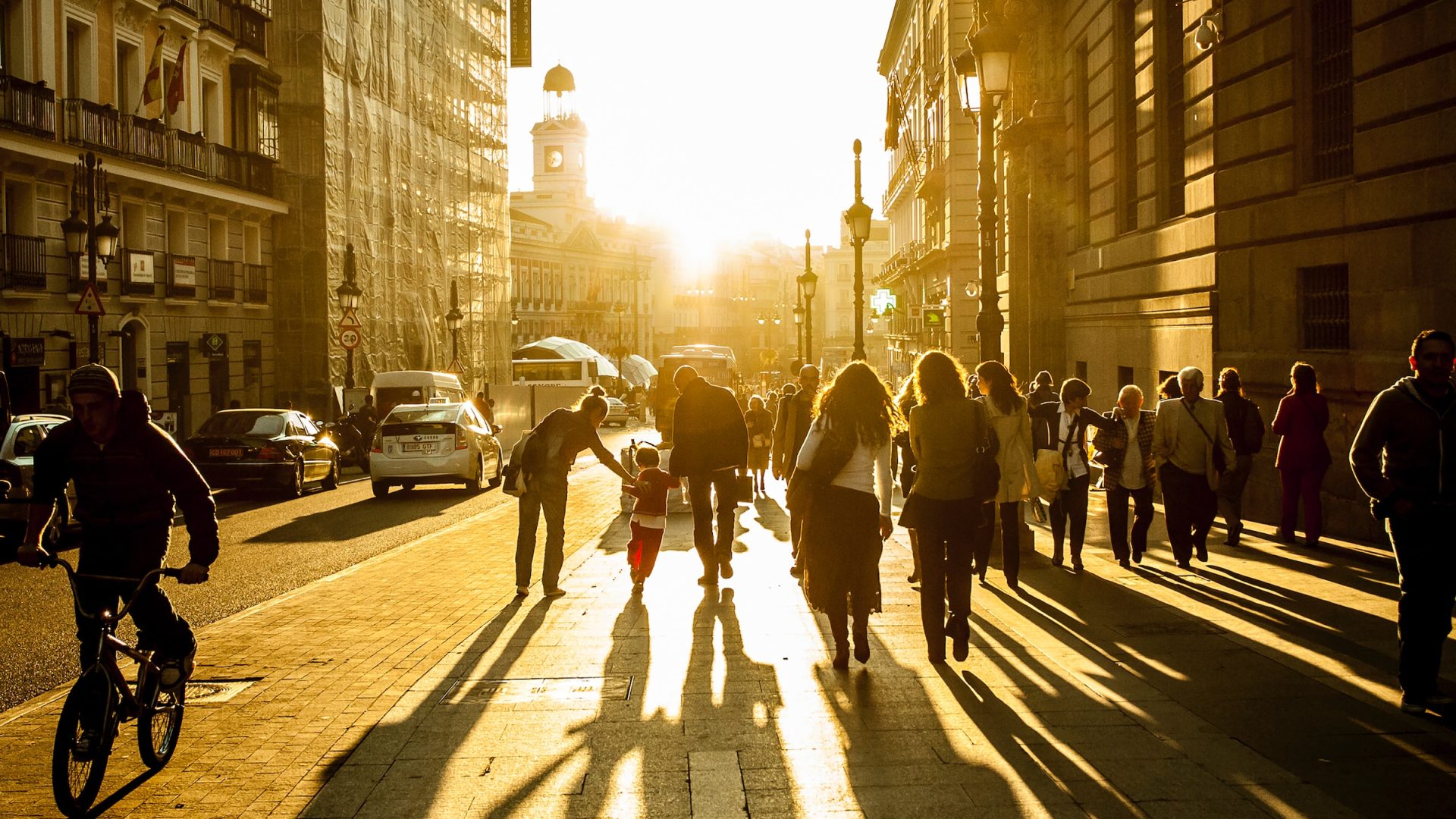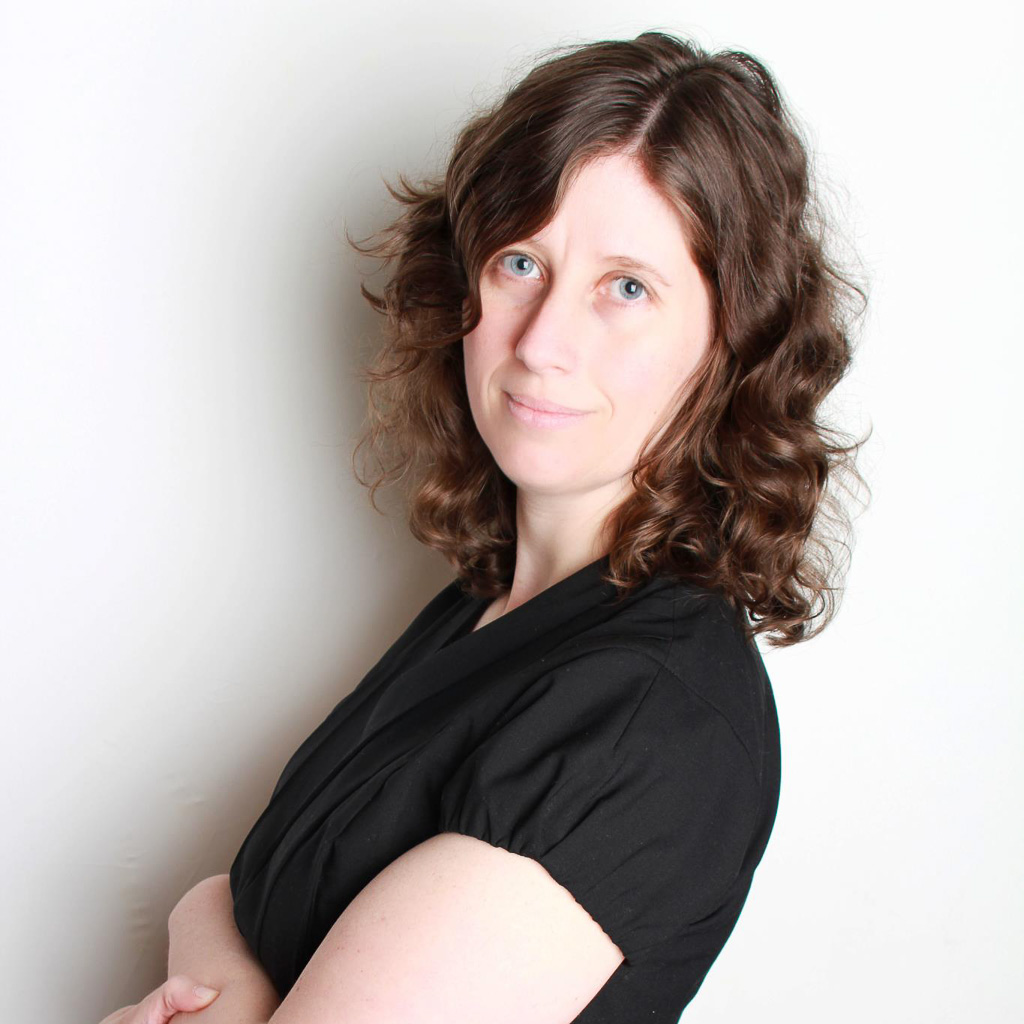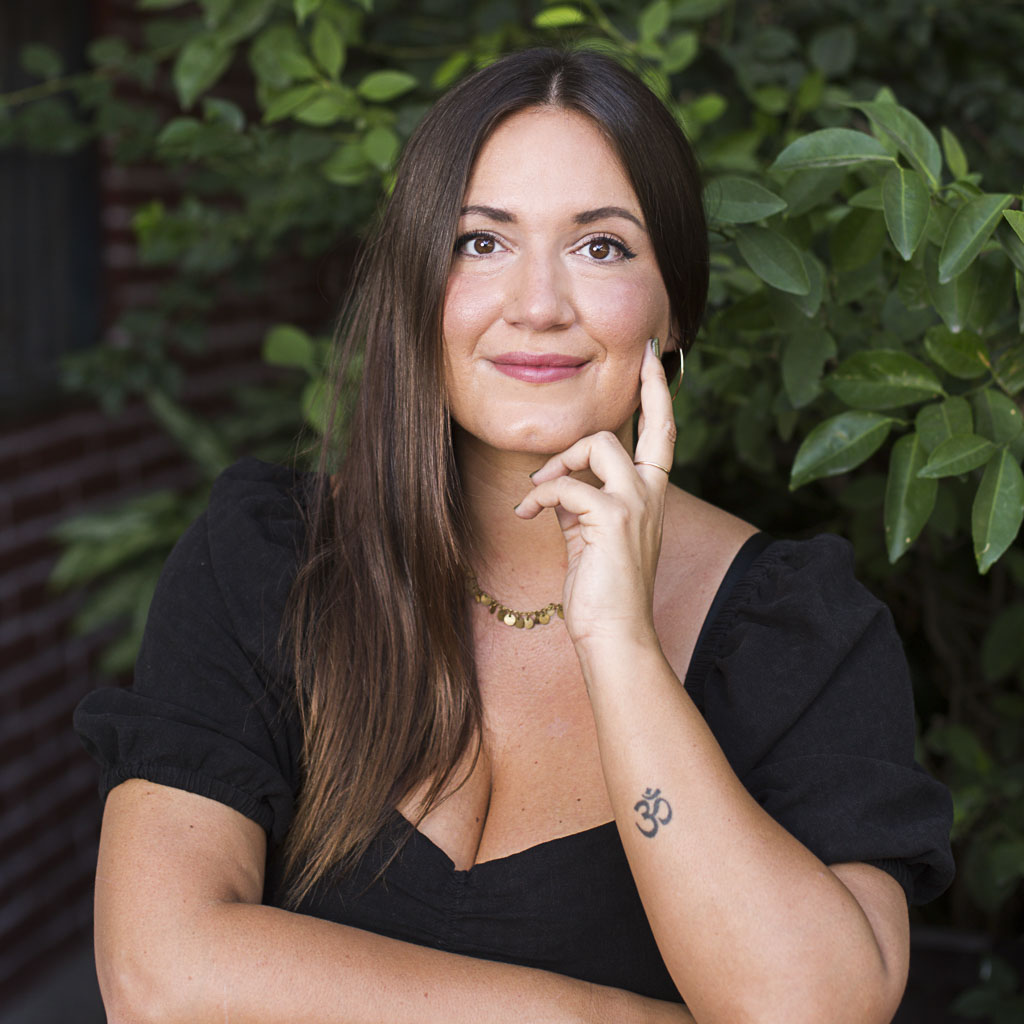
Car-free towns aren’t exactly new in the United States, but they’re rare. One new development, Culdesac, in Tempe, Arizona, wants to change that—and help break the country’s addiction to private vehicles.


Car-free towns aren’t exactly new in the United States, but they’re rare. One new development, Culdesac, in Tempe, Arizona, wants to change that—and help break the country’s addiction to private vehicles.
The US is famously unwalkable, with a serious lack of public transit infrastructure both within cities and between them. But the city of Tempe, Arizona (which is perhaps one of the country’s most car-reliant states), is trying to change that. A new car-free neighborhood will house about 1,000 people when it’s completed and aims to disrupt its residents’ reliance with cars.
There are a handful of communities in the United States where cars are banned, including Colonial Williamsburg; Fire Island, New York; and Mackinac Island, Michigan. But what’s different about this development, called Culdesac, is that it’s not a historical community nor a self-contained island. Instead, it’s located within the suburban sprawl of the greater Phoenix metro area—making it the first purpose-built, car-free neighborhood in the US.
“We look back nostalgically at college [probably] because it’s the only time most people have lived in a walkable neighborhood,” Culdesac founder, Ryan Johnson, told The Guardian. “People are happier and healthier—and even wealthier—when they’re living in a walkable neighborhood.”
Homes in the Culdesac neighborhood don’t have any parking (though there is a small parking lot for visitors who haven’t yet ditched their own private wheels). Instead, much of what residents need to survive is right in the community, within a few minutes of their doorsteps. Residential streets are peppered with community hubs like a grocery store, a restaurant, a yoga studio, and other amenities. There is always the danger that the suburban-planned community construct of a project like this could lead to a bubble-like The Truman Show monoculture effect if diverse businesses, restaurants, people and goods aren’t able to share and shape the community. But if diversity is prioritized, it could be a viable solution for multi-use zoning and neighborhood planning in the US.
The Culdesac project comes at a time when other urban centers around the United States are also reconsidering their addictions to cars. Boston, for example, conducted a study last year that found its nearby recreation area, the Blue Hills Reservation, is essentially impossible to reach for residents who rely on public transportation. The study made recommendations for new routes to connect people to the Blue Hills’ trails, which could also alleviate parking issues by enabling would-be drivers to take a bus instead.
There’s also a strong business case for ditching parking spaces in favor of bike lanes, according to Bloomberg. Business analyses of Portland, Oregon, and Toronto, Canada, found that non-drivers often spend more money than people who arrive at those shops or restaurants by car.
Part of the inspiration for Culdesac comes from Johnson’s experiences living and traveling in European cities where you’re far more likely to walk to a neighborhood grocery store than drive to a supermarket, even if you do own a car. Much of Europe is extremely well-connected by public transportation so residents can access even relatively remote trailheads without a car. In Oslo, Norway, people often use city transport to access cross-country ski trails outside the city center. In Switzerland, many trail networks are accessible by bus, train and gondola. There are also entire towns in Switzerland where private cars aren’t allowed, including Zermatt and the valley town of Saas-Fee, where buses will drop you at the edge of the village.
Still, many European cities are seeking to further reduce their reliance on cars. Amsterdam plans to remove 11,200 parking spaces by 2025 and ban all gas and diesel vehicles by 2030, according to Fast Company. Such moves can have great social and well-being impacts on residents. After Oslo removed parking spaces in its city center in 2019, 43 percent more people were hanging out in downtown areas than in 2017, Fast Company reported.
Scientists have found that people just don’t like looking at cars. A recent biometric study from a group at Tufts University found that people are slightly happier when they’re looking at spaces without cars. It might sound small, but understanding this can help us plan cities better, wrote the researchers in an opinion piece for Scientific American.
Regardless of whether Culdesac is a booming success, it won’t change the US reliance on cars anytime soon. As of 2021, about 92 percent of US households had at least one car. But one thing is for sure: There’s a lot more interest in going car-free than many in the US may have expected before the community opened.
“When we started, people said: ‘What are you doing? You’re not going to get permission to build that. The demand’s not going to be there,’” Johnson told The Guardian. “And instead, we got unanimous approval, and there’s a lot of demand, and it’s open. Residents love it.”
***
Adventure.com strives to be a low-emissions publication, and we are working to reduce our carbon emissions where possible. Emissions generated by the movements of our staff and contributors are carbon offset through our parent company, Intrepid. You can visit our sustainability page and read our Contributor Impact Guidelines for more information. While we take our commitment to people and planet seriously, we acknowledge that we still have plenty of work to do, and we welcome all feedback and suggestions from our readers. You can contact us anytime at hello@adventure.com. Please allow up to one week for a response.

Kassondra Cloos is a travel journalist from Rhode Island living in London, and Adventure.com's news and gear writer. Her work focuses on slow travel, urban outdoor spaces and human-powered adventure. She has written about kayaking across Scotland, dog sledding in Sweden and road tripping around Mexico. Her latest work appears in The Guardian, Backpacker and Outside, and she is currently section-hiking the 2,795-mile England Coast Path.






Can't find what you're looking for? Try using these tags: